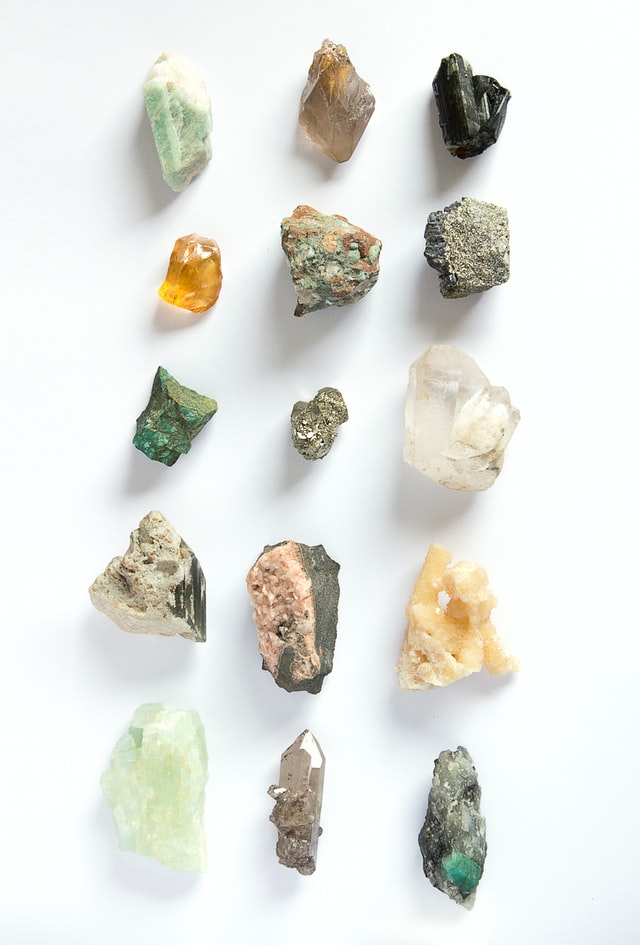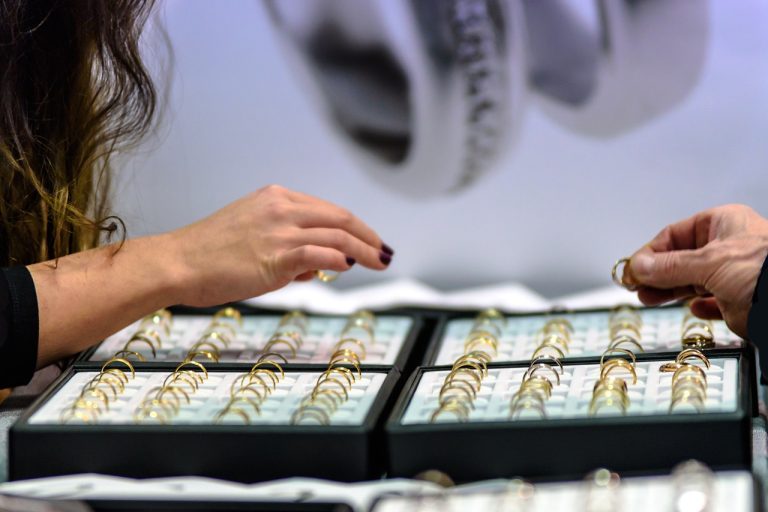Shadows and Selves: Personality Lessons from the Devil Card
This post contains affiliate links. Click here to read my affiliate policy.
Last Updated on August 21, 2025
Most people flinch when they see the Devil card in a tarot spread. It’s not exactly the warmest symbol in the deck. But here’s the thing—it’s not about evil or doom. The Devil is about honesty. It shows us the parts of ourselves we try to hide or ignore. And when it comes to personality, that’s where things get interesting.
This card doesn’t point fingers. It holds up a mirror. The traits it exposes—temptation, fear, control, and attachment—are often just exaggerated versions of our everyday personalities. For anyone curious about how their type reacts under pressure or what habits are secretly running the show, the devil Tarot card might have something useful to say.
Photo by Andrea La bruja del Caldero
What the Devil Card Symbolizes in Personality
Let’s break it down. The Devil card usually shows two people in chains, seemingly stuck but actually free to leave. That’s the first clue. This card is less about external forces and more about internal ones. It represents habits, attachments, or beliefs that keep us stuck in a version of ourselves that isn’t fully authentic.
In personality terms, this shows up in patterns. Think of the Enneagram or MBTI profiles. Each one has its gifts, but also its shadow side. The Devil card tends to highlight those shadows. For a perfectionist, it might reflect burnout. For a people-pleaser, it might point to resentment. For the thrill-seeker, it might call out recklessness.
The Devil isn’t calling you out to shame you. It’s nudging you to take your power back.
The Shadow Self and Why It Matters
Psychologist Carl Jung talked a lot about the “shadow self.” It’s the part of our psyche that holds traits we reject or don’t want to admit. The Devil card often brings these traits to the surface—not to scare us, but to help us deal with them.
Ignoring your shadow doesn’t make it go away. It just sneaks into your life in other ways: procrastination, self-sabotage, or staying in comfort zones that no longer serve you. When the Devil shows up in a reading, it’s a cue to check in with what’s really going on under the surface.
And guess what? That doesn’t have to be a negative experience. Being honest with yourself can be freeing. It creates space for healthier choices and better relationships.
Common Shadow Traits by Personality Type
Everyone’s got a shadow. Here’s how it might show up based on common personality types:
- The Overachiever: Struggles to slow down. Feels unworthy without constant productivity.
- The Caregiver: Gives too much. Resents others for not doing the same.
- The Individualist: Avoids routine. Fears being ordinary.
- The Peacemaker: Suppresses anger. Avoids confrontation even when necessary.
- The Leader: Controls everything. Has a hard time being vulnerable.
The Devil card gently exposes these patterns, not to judge, but to say: “You’re not stuck. You can choose again.”
How to Work With the Devil Card for Growth
The power of the Devil card lies in what you do after it appears. Do you avoid it? Or do you lean in and ask what it’s trying to show you?
Here are a few simple ways to turn its message into growth:
- Name the chain: What’s holding you back that you’ve been pretending not to see?
- Get curious: What need is that behaviour trying to meet? Is it fear of rejection? Need for control?
- Try something different: Even one small shift—like setting a boundary or saying no—can start to break the pattern.
And if you’re into journaling, pull the card and write down what it brings up for you. You’ll be surprised at what bubbles to the surface when you give yourself space to reflect.
Personality Isn’t a Trap—It’s a Map
A lot of people use personality frameworks to label themselves. “I’m just like that.” But the Devil card reminds us not to get too cozy with the story we tell about who we are. Personalities are patterns, not prisons.
That stubborn part of you? It probably served a purpose at some point. Maybe it protected you, helped you fit in, or gave you a sense of control. But if it’s starting to feel more like a cage than a comfort, the Devil card encourages you to pause and reconsider.
Growth starts with self-awareness, not self-blame. You don’t have to change everything overnight. Even noticing your patterns is a huge first step.
Embracing the “Bad” Traits
It’s easy to think of some traits as bad—jealousy, anger, laziness—but those emotions have messages too. The Devil card doesn’t say “be perfect.” It says, “stop pretending those feelings don’t exist.”
For example, anger can point to a boundary being crossed. Jealousy might reveal a dream you’ve buried. Laziness? Maybe you’re just burnt out.
When you bring compassion to these parts of yourself, something shifts. Instead of fighting them, you can learn from them. That’s how the Devil card becomes a tool for wholeness—not fear.
Photo by DΛVΞ GΛRCIΛ
Final Thoughts: Befriending Your Inner Devil
At first glance, the Devil card looks like something to avoid. But when it comes to personality, it’s actually one of the most honest cards in the deck. It doesn’t sugarcoat things. It doesn’t let you hide behind excuses. And that’s a gift.
If you’re open to it, this card can show you the parts of yourself that are ready to be seen and accepted—not fixed, not erased, just understood.
It’s not about becoming someone else. It’s about peeling back the layers and getting real with the person you already are.






